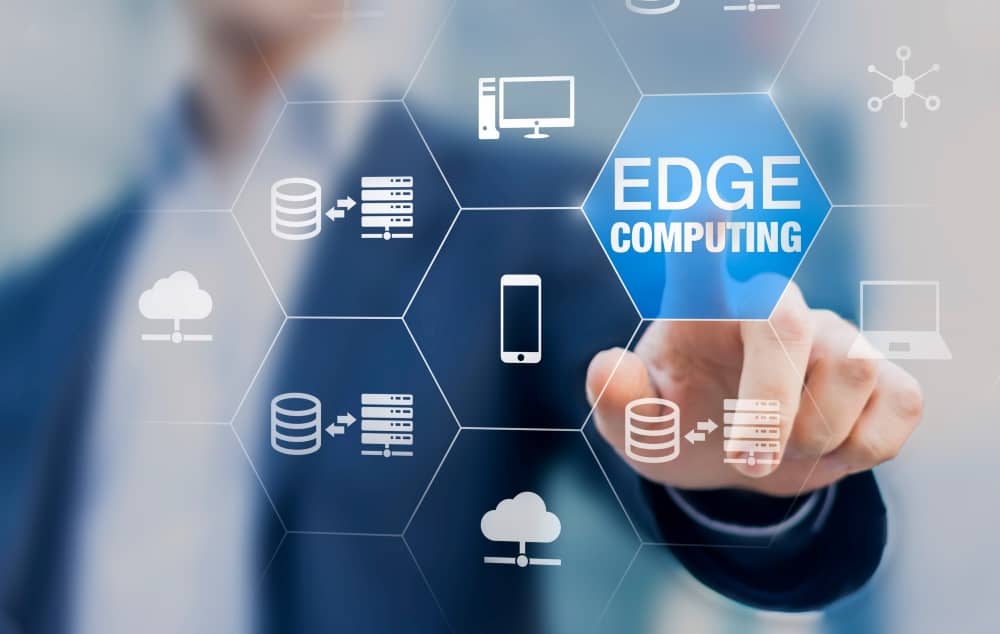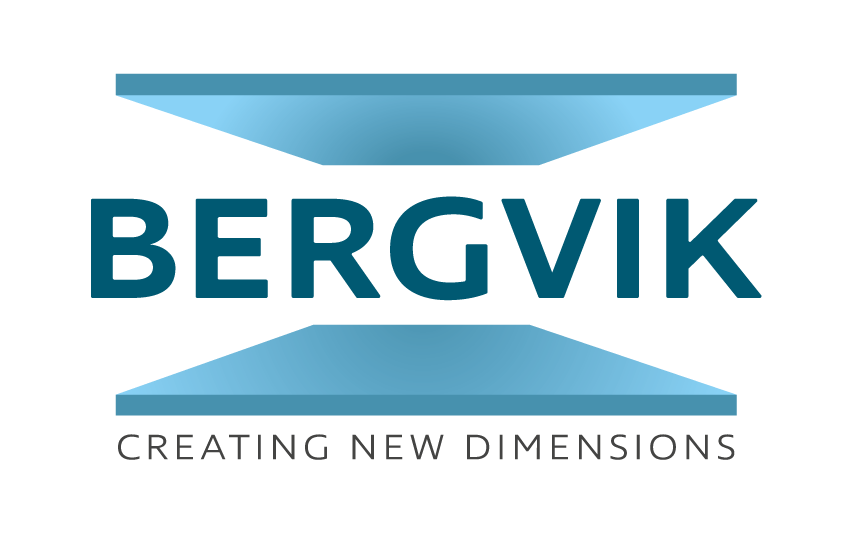The current business landscape is shaped by high volumes of data from computers and Internet of Things devices, among others. This makes data the centrepiece of business transactions. The growth in generated data should be expected, as supported by the various research groups, including the International Data Corporation.
Unfortunately, the surge of data volume instils fear amongst businesses due to risks, such as high latency and data processing inefficiency. This is where edge computing comes in. Below are six reasons why edge computing is helpful for you as a business owner looking to optimise your system:
1. Boosted Performance
Latency is one of the most significant issues you will encounter if you use data centres or centralised hosting platforms. Processing of data can get too slow due to Internet connectivity. But edge computing can help solve this problem by ensuring that data is on the edge of devices, which means more accessibility.
Edge computing solves speed and connectivity issues by keeping data fetchable on the endpoints instead of a centralised data centre located somewhere far away. Data will then go back to the endpoints, which greatly reduces the time needed for an application to fetch data. As a result, users enjoy improved performance and better performance.
2. Enhanced Privacy
The IT world has a multitude of issues, but privacy is one of those that require immediate fixing. Edge computing can help increase data protection. Data is simply processed within the edge instead of going to the central servers.
Of course, it does not mean that edge computing solutions are invulnerable when it comes to attacks. It still is, but there is less volume of data that requires processing. Therefore, there is hardly enough for hackers to pounce on.
3. Reduced Costs
Wouldn’t it be great if you could lower your operational costs? After all, running a business is a costly undertaking. Over the years, data storage costs have become more affordable, especially compared to the last decade. But one thing has stayed the same, and that is the high cost of moving data around. The bigger the volume of data, the more expensive it gets to move it around. Unfortunately, this trend will not go away. Experts have stated that connectivity costs will continue increasing as data volumes spike.
On the other hand, users are expected to implement a higher bandwidth to handle the load. This, of course, results in a higher price tag. Thankfully, you can lean on edge computing, which can aid in keeping costs in check. That’s because there is reduced data volume moving back and forth to the cloud.
4. Improved Reliability
One great benefit of edge computing is that it continues to operate even when there are issues with the communication channels. You don’t have to worry whether they are slow or temporarily down, which is incredibly useful as you manage your business.
Let us say you run an energy company that utilises edge computing solutions on an oil rig. If communication channels are intermittently available, you do not have to rely completely on the available satellite connection. You can still relay data back and forth to a data centre for processing without trouble. Through edge, you can opt to move the necessary information to the data centre once the connection is stable.
5. More Resiliency
A further reason you need edge computing for your business is resiliency. There is a reduced central point of failure. Similar to the case of centralised servers, one edge device failing to work will not affect the performance of the other devices in the topology. It further improves the entire system’s reliability, thanks to the improved resiliency of the whole connected environment.
6. Scalability
If you already use cloud computing, you can still benefit from edge computing. You can add edge devices, which allow you to deploy and manage what you need at a specific time. It may sound expensive, but it is worth the investment. And the good news is that edge devices and endpoint hardware typically cost less, especially if you compare it to adding more computing resources. This allows you to scale your organisation at the edge.
The Future of Edge Computing
Although your business can benefit from edge computing, it is by no means infallible. It’s important to understand that edge devices require different devices and operation methodologies, which can result in a variety of drawbacks. Some that are known include redundancy, additional training for your staff, and difficulty in maintenance.
In the future, these issues may be corrected. And even if they are eliminated, edge computing will still not replace cloud computing and centralised servers. Rather, it will be used in conjunction with these two elements, which further creates a hyperconnected world.
What We Can Do for You
Privacy and latency are among the issues we have tackled above, which can be solved or at least eased by edge computing. Here at XCircle, we know that data can be compromised when hosted on centralised servers if they get hacked. That’s why we provide data centres with the complete infrastructure, which can help you overcome technical challenges.
Although edge computing is dominating in Information and Communications Technology (ICT), centralised cloud infrastructure is not going away. It has not diminished in importance. A centralised topology is a huge necessity for numerous ICT use cases, including businesses thriving in the “as a service” model. Let us help you as you dive into edge computing with our top-of-the-line ICT infrastructure. Contact our team today.









